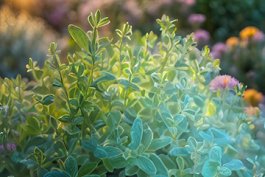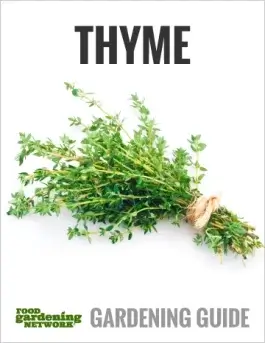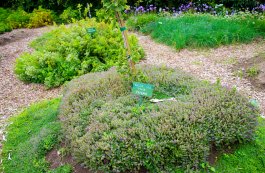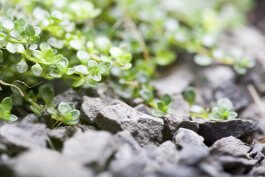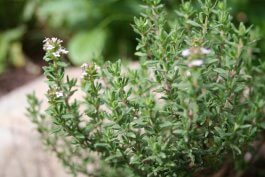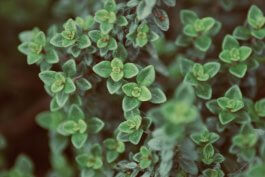thyme varieties
How to Keep Thyme Alive and Growing Year After Year
From ancient Egypt to Victorian-era hospitals to kitchens in some of today's finest restaurants, the woody, slightly spicy scent of thyme is there. This member of the mint family adds …
How to Grow Culinary Thyme in a Container
Thyme comes in two main types: culinary and ornamental. Within each type, you’ll find varieties that are prostrate (low-lying and spreading) or upright (growing tall). Luckily, many thyme varieties look …
How to Spot, Treat, and Prevent Thyme Diseases
Thyme plants resist disease well, but, like any plant they can become vulnerable to bacteria, fungi, and viruses. Typically, the diseases that affect thyme most often are root rot (Rhizoctonia), …
Planting and Pruning Thyme
Once you have your planting location, your tools and supplies, and your plants, it’s time to start your thyme garden. If you’re starting your plants indoors from seeds, begin in …
Growing Thyme in Open Land, in Raised Beds, or in Containers
Thyme plants are easy to plant and grow, but they have a few requirements that can affect where you plant them. Most thyme varieties prefer full sun, though some can …
Types of Thyme Plants
Thyme comes in two main types: culinary and ornamental. Within each type, you’ll find varieties that are prostrate (low-lying and spreading) or upright (growing tall). …



